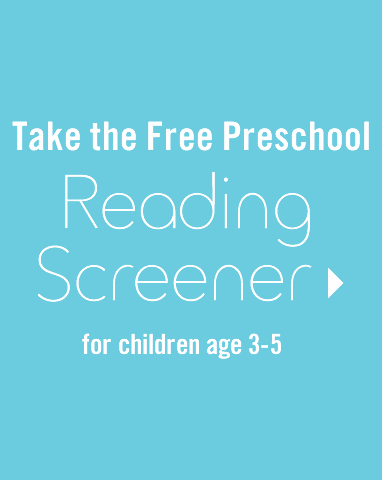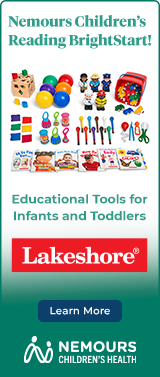You might remember Eric Carle’s classic children’s book from your own childhood! Carle creates his artwork using a collage technique, in which he cuts and layers hand-painted papers to form bright and cheerful images. The predictable language of the text encourages children to chime in and read along. The Very Hungry Caterpillar also teaches readers about the days of the week, counting, nutrition, and the life cycle of a butterfly.
Before, During and After Reading
Oral Language
Ask your child to make predictions. What does he think the very hungry caterpillar will eat? List the foods on a piece of paper or a whiteboard. Then, ask your child to draw a picture next to each food item. As you read the book, check off the foods on the list that match the foods in the story.
Oral Language
Encourage your child to chime in on the repeated phrases (“. . . But he was still hungry”). The Very Hungry Caterpillar uses predictable text that will help your child learn the story very quickly.
Count the fruits eaten each day. The pages are designed to give a preview of the fruit for the next day. Ask your child to use the picture clues to predict what fruit will be eaten next. Go back to the list of food your child created before reading the story. Do any of the foods match the ones in the book? If so, check them off. Whether or not they match the book, acknowledge your child’s creativity in coming up with the list.
Let your child become a butterfly! Review the pages in the story that show the life cycle of a butterfly from the egg to caterpillar to cocoon to butterfly. Encourage your child to act out each step in the life cycle. For example, he might:
- Curl up on the floor as small as possible like an egg.
- Crawl around like a caterpillar.
- Wrap up in a towel to create a cocoon.
- Throw off the towel and fly around like a beautiful butterfly!
Oral Language
Once your child is familiar with the story, ask him to refer to the pages in the book to retell the story. One of the advantages of predictable text is that your child will soon be able to retell the story by looking at the book by himself. Encourage this activity, as it will help your child begin to think of himself as a reader and give him confidence.
Beginning Writing
Encourage the artist in your child! Study the illustrations in the book. Explain how Eric Carle uses a collage technique in which he cuts and layers hand-painted papers to form bright and cheerful images.
Give your child a piece of construction paper, a variety of colored tissue paper, scissors and a glue stick. Ask him to cut the tissue paper into different shapes and sizes and to create his own images on the construction paper. You might choose one of pages of the book for your child to look at. For example, you might open the book to the Sunday morning page when the warm sun came up, and see if your child can make a similar image. However, if your child wants to create something totally out of his own imagination, encourage his originality!
Explore more easy at-home activities designed to build pre-reading skills in your four-year-old, or or take the Reading BrightStart! Preschool Reading Screener. The screener can help you determine if your child is on the path to reading readiness, and provides a free plan for moving forward.








